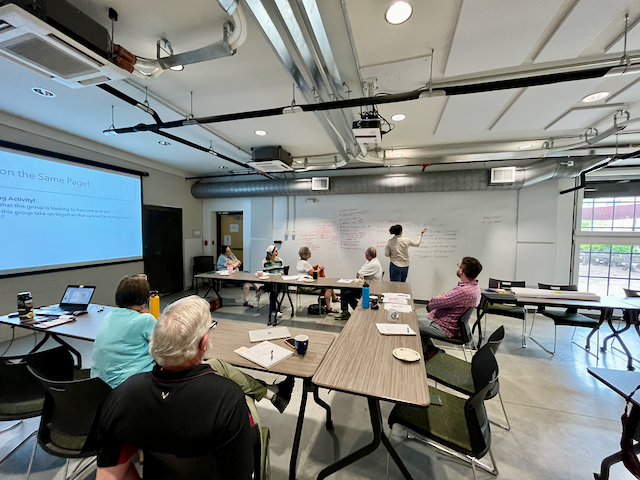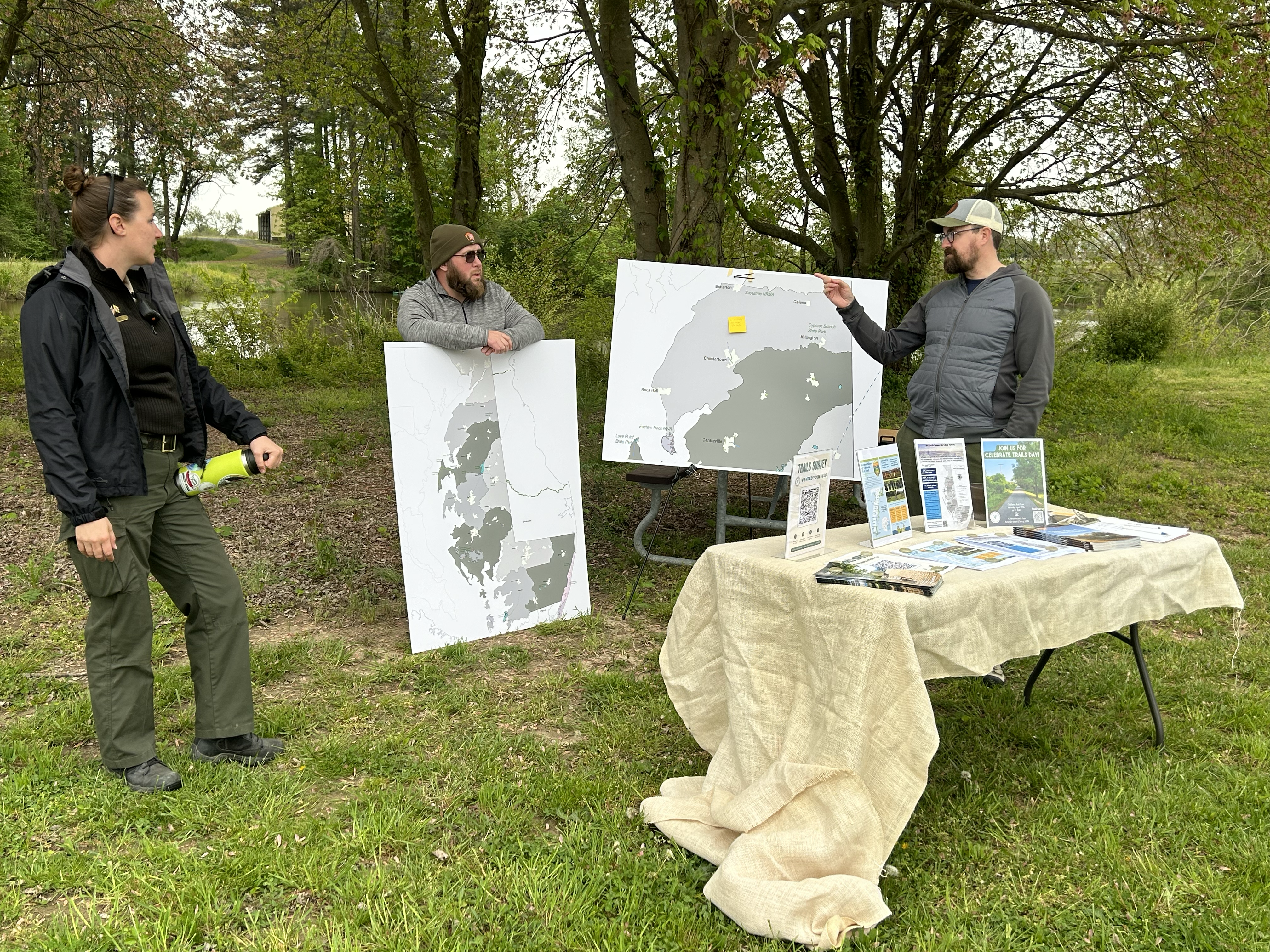Land Use & Policy
Since its founding in 1990, Eastern Shore Land Conservancy’s land use policies have helped to determine local investments, sustainability, and value. By collaborating with a variety of leaders and organizations, we help to shape the rural landscape and bolster the health of our local communities across Maryland’s Eastern Shore. Sustainable land use policies are critical at the local, regional, and state levels for Maryland’s Eastern Shore to forever be a special place of diverse and abundant natural resources and thriving rural economies. Our 30+ years of experience and expertise allows us to provide a toolbox of options and services to the Eastern Shore community that will benefit everyone for generations to come.












